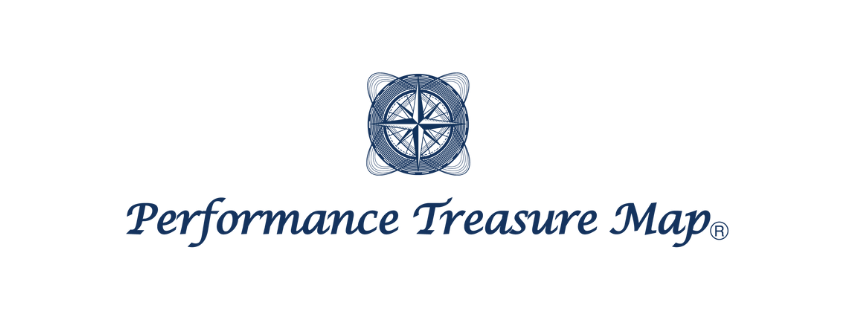Thank you for visiting our blog!
In this blog, we will introduce the “Corrective & Preparation Exercise,” which is the final step in the meaningful breakdown of the first map in the Performance Treasure Map (PTM), called the Original K-Map.
We will discuss not only the goals, procedures, and important points of each exercise but also:
- The fundamental principles behind performing the exercises.
- How the exercises are linked to performance (the “treasure”).
By unraveling these aspects, our goal is to help you gain a deeper understanding of each exercise.

After reading this blog, I hope it serves as a helpful resource when prescribing exercises for your clients or athletes!
This time, we will introduce the “Thoracic Rotation Exercise!”

Classification of Exercises in the Original K-Map
When subdividing the factors of performance, they can be classified as follows:
Range of motion Muscle function Technique
We link each exercise to these classifications!
Muscle function
can be further broken down as follows:
Normalizing breathing patterns
Gaining mobility and stability
Reflexive core control and co-contraction
Activating surrounding muscles
The “Thoracic Rotation Exercise” is primarily used to:
Gaining mobility and stability
Let’s explain why, taking these factors into account.
Fundamental Principles
First, let’s look at the fundamental principles of the exercise.
The key lies in the principles of the “Joint by Joint Theory” and “Respiration,” which we introduced in previous blogs!
▼Joint by Joint Theory【General Principle】

▼Respiration【General Principle】

The human body has joints that serve the role of mobility and joints that serve the role of stability, and they are connected in a chain, as shown in the picture.

Humans take around 20,000 breaths a day, and when we inhale, the ribcage expands, and when we exhale, the ribcage returns to its original position!

Connection to Performance
Relationship Between the Shoulder Joint and Ribcage
In sports, when handling objects, shoulder movement is very important.
In overhead sports, being able to move the arms “powerfully, flexibly, and quickly” is a key to performance.
Therefore, shoulder training is considered important, but before focusing on the movement of the shoulder joint (the extremity), we must first ensure that the ribcage (the central body) is moving properly.

The ribcage plays an inseparable role in shoulder movement, and if it does not move properly when the shoulders move, it places undue strain on the shoulders.

Only when the ribcage moves appropriately can proper shoulder movement occur!
As you can see in the picture, the thoracic spine (ribcage) is particularly good at rotational movement.

In many sports that involve rotating or twisting the body, much of this movement is handled by the ribcage (thoracic spine)!
In sports like baseball or golf, we often hear coaches say, “Turn your hips!” However, the lumbar spine has very little rotational range of motion.
Many shoulder or lower back injuries common in sports are not necessarily due to issues with the shoulder or back itself but are often caused by reduced ribcage mobility. So, make sure to check whether the ribcage has adequate mobility.
Evaluating Ribcage Mobility


The general standard for range of motion is 50 degrees, but since strict measurement is difficult in the field, being able to rotate around 45 degrees is considered sufficient!
This is not only necessary for athletes but is also a range of motion that everyone should have as part of a healthy human body.
If you cannot reach 45 degrees or if there is a significant difference between sides or pain during movement, you may be at risk for shoulder injuries. In such cases, ribcage mobility should be reassessed before proceeding with shoulder training.
The “Thoracic Rotation Exercise,” which we will now introduce, is an effective exercise for improving ribcage movement, which is crucial for upper body movements!
Thoracic Rotation Exercise

Purpose
To gain thoracic and ribcage mobility.
Starting Position
①Sit back on your heels with one hand placed in front of your body and the other hand on your waist (or head).
②Get into a quadruped position with your hands under your shoulders and your knees under your hips. Place one hand in front of your body and the other hand on your waist (or head).
Steps
Press the ground with your supporting hand while rotating your chest open.
Key Points
Keep your belly button facing the ground.
Follow your elbow with your gaze as you rotate.
Conclusion
This time, we introduced the “Thoracic Rotation Exercise.”
Please make sure to evaluate your athletes or clients with the methods introduced, and after performing the exercises, re-evaluate them. They should be able to feel the difference in their range of motion!
If they cannot reach 45 degrees, it will negatively impact their performance, so this should be improved.
For those who can reach 45 degrees, incorporating this exercise can help prevent injuries.

Next time, we will introduce the “Plank”!
Please look forward to it!
▼For more details on PTM and K-Map, click here:
▼To purchase the Original K-Map, click here:

This post is also available in ja.

